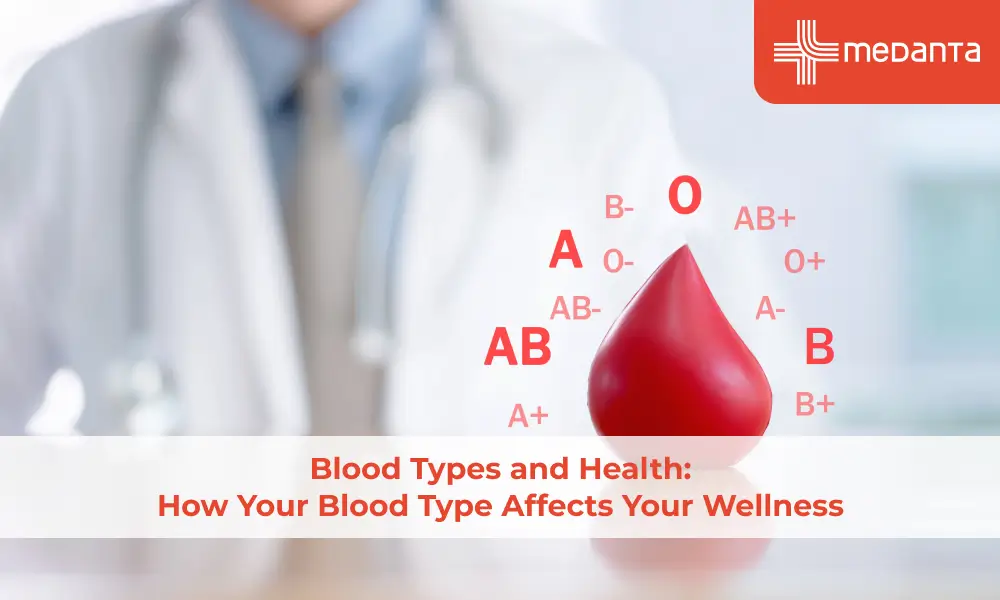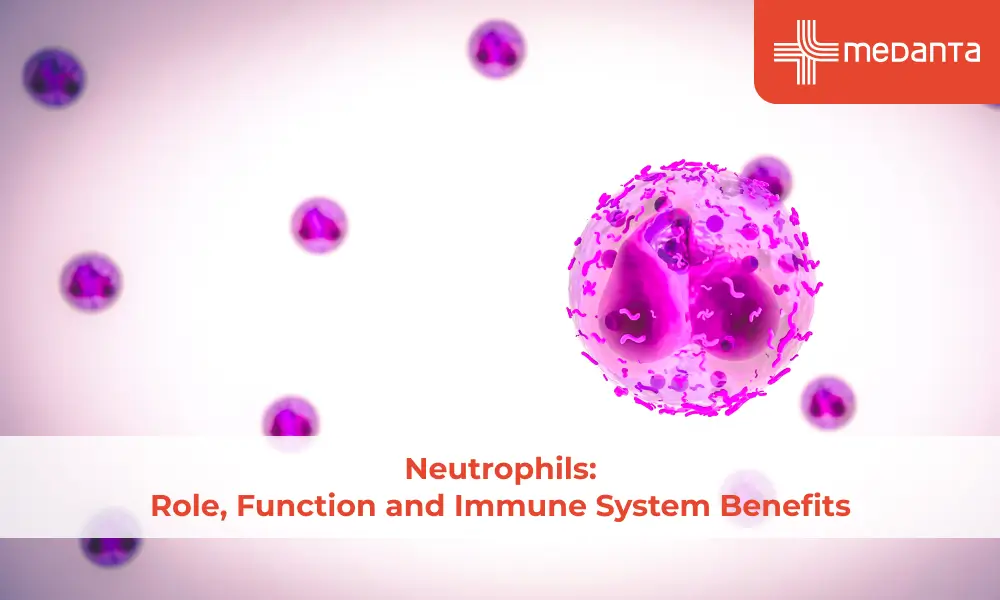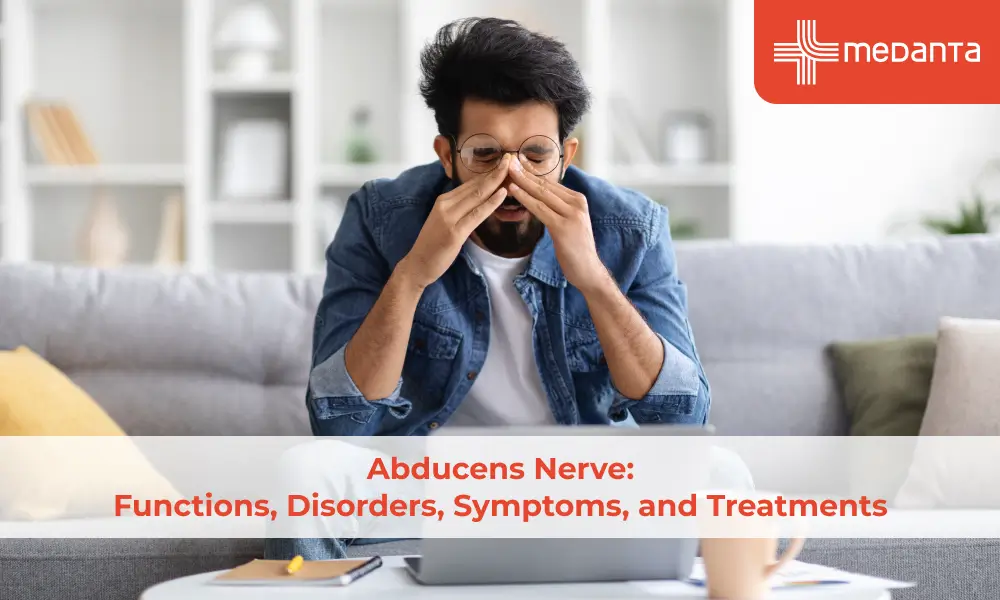Check Out Spread Awareness During National HIV/AIDS and Ageing Awareness Day | Medanta

Every year on the 18th of September, one can observe National HIV/AIDS and Ageing Awareness Day (NHAAAD) across the United States of America. On NHAAAD, government and people take several steps regarding the problems and challenges faced by the infected older adults of America. Spreading AIDS awareness is the best way to get older adults tested and diagnosed. In this article, we will discuss the process by which we can make people of every age aware of HIV| and AIDS.
What is AIDS and Is It a Fatal Disease?
Acquired Immunodeficiency Syndrome, also comprehended as AIDS, is a fatal disease caused by Human Immunodeficiency Virus (HIV). The virus slowly damages the body's immune system, and the body loses its ability to fight the disease. AIDS is primarily transmitted due to unsafe sexual intercourse. There is no known permanent remedy for the disease, and we can stop other people from getting infected by spreading awareness of HIV/AIDS.
What are the Symptoms of AIDS?
The symptoms of the disease solely depend on the stage of the infection. That is why HIV awareness is required so people can identify the disease whenever they notice one or more symptoms in the body. Primary symptoms of HIV are very similar to the ones seen during flu, and they are -
- Fever
- Muscle aches and body aches
- Diarrhea
- Rash
- Cough
- Weight Loss
- Loss of appetite
Though the virus will stay in your body, you might not notice the symptoms as they remain mild.
A latent infection or Chronic HIV develops in people undergoing antiretroviral therapy (ART) for a prolonged period.
With the advancement of the disease, chronic signs will start to appear.
- Fever
- Fatigue
- Oral yeast infection (thrush)
- Shingles
- Pneumonia
Finally, with the progression of AIDS, when the immune system will get suppressed by the virus following symptoms will appear,
- Sweats and chills
- Chronic Diarrhoea
- Weakness
- Swollen lymph glands
- Persistent and unexplained fatigue.
Challenges Faced by Elderly Individuals Dealing with AIDS
For adults of every age, the risk factor is the same, but people over 50 are less aware of the disease due to less testing. Let's consider Centres for Disease Control and Prevention (CDC) data. Then we can easily say that the situation and challenges older adults face have worsened in the last few years. In 2015, only 47% of elderly American citizens (people over 50) were diagnosed with AIDS. In contrast, in 2017, the number increased by more than 20%. Statistics show that,
- A comparison of 2011 and 2015 data shows a decrease in people over 50 getting diagnosed with AIDS. Seven percent fewer people get diagnosed compared to 2011 in 2015.
- Among all the diagnosed AIDS patients, only 17% are over 50.
- Based on ethnicity, if we divide the elderly American citizens, we can observe that among the newly diagnosed older adults, 42% are African-Americans. Whereas 37% are White, 18% are Latinos, and other races are only 4% of them.
- In 2016, among all the newly diagnosed patients, 49 percent of men and women came from the LGBTQIA community, and heterosexual men and women are 15% and 24% of all people. Only 4% of the people in this category contracted the disease while consuming drugs using an injection.
- It has been seen from the 2016 data that among all the older adults, 35% of them get diagnosed lately.
There are specific challenges that these older men and women diagnosed with HIV face, and that is why we require AIDS awareness. All of the difficulties faced by older adults are mentioned below.
- Rapid Transition to AIDS from HIV: Older Americans, that means people over 50 have greater chances of getting diagnosed with HIV later than other elderly people. Getting diagnosed late implies the treatment of the said disease will start late. Before that period, the immune system of that human being would have already taken an enormous toll. In most cases, getting diagnosed lately is the effect of older adults not getting tested. They mistake the symptoms of AIDS as typical signs of aging.
- Increase in Sexual Risk Factors: Sexual risk factors remain the same for people of every age. Older adults can also spread HIV during sexual intercourse because they do not know they get infected by the virus and practice unprotected sex. Studies show that older American people stay sexually active till their 80s
- Concerned About Social Stigma: Social stigmas can adversely affect a person's life. In a society, one's respect gets tarnished just because they have been diagnosed with HIV. Older Americans who belong to the LGBTQ community face more discrimination, and that is another reason they don't want to get tested.
How to Get Involved in an Awareness Spreading Campaign on NHAAD
There are several ways a person can spread awareness of HIV/AIDS. Recently the AIDS Institute has organized a program called "Reaching Ageing Adults Living with or at Risk of HIV - A New Media and Technology Strategy." This program will target the adults at possible risk of HIV or living with HIV. You can join the program to help train and provide opportunities and resources of every kind to these men and women. The other ways to make people aware of this issue are mentioned below.
- Screening and Diagnosis of more people required more physicians. You can encourage physicians to test more and more older adults for HIV regularly.
- Organizing awareness camps to make older Americans aware of HIV and the risk factors associated with AIDS.
- We can also help older adults by delivering effective preventive measures and evidence-based interventions for antiretroviral adherence therapy for older Americans.
- Organizing events related to HIV|AIDS at community centers and nursing homes.
- Fight against the social stigma around the disease.
Final Words
Now that you know almost everything about HIV awareness, you should help older men and women dealing with HIV in every possible way. Join awareness camps on the 18th of September. Organize one if you think there are no awareness camps in your locality. Spread awareness among people in every section of society.






